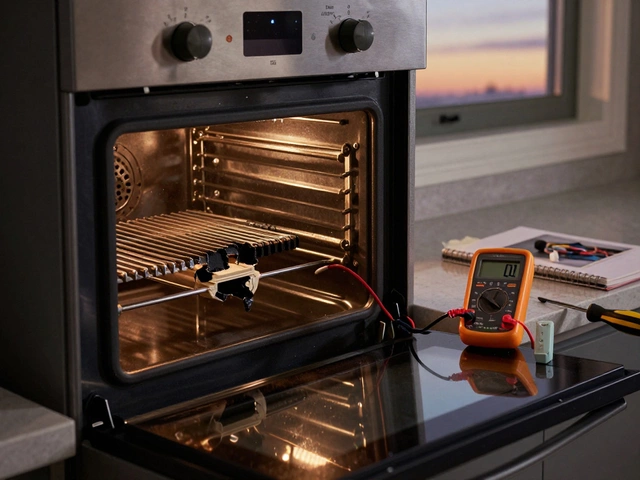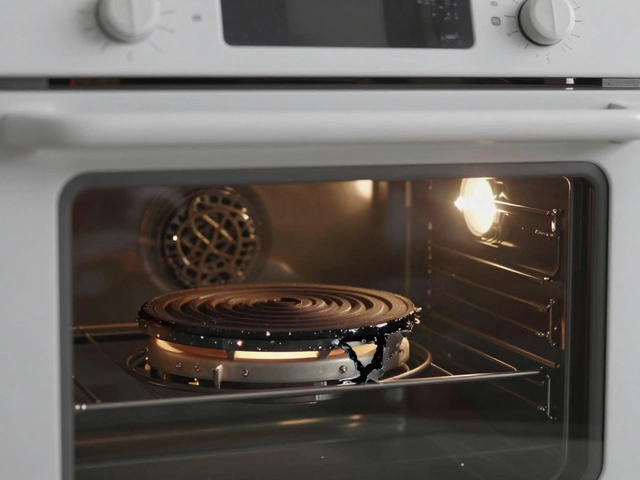Repair Services – Everything You Need to Know
When you hear the term Repair Services, the set of activities that restore or maintain household equipment so it works safely and efficiently. Also called maintenance services, it helps homeowners avoid costly replacements and keeps daily routines running smoothly. Repair services encompass appliance repair, oven fixes, and boiler maintenance, forming a vital link between comfort and budget.
One core piece of the puzzle is the Appliance, any device that uses electricity or gas to perform a household function. When an appliance breaks, the repair service steps in, diagnosing the fault and replacing worn parts. This process directly influences home energy efficiency because a well‑maintained fridge, washer, or dryer draws less power. Skilled technicians use specialized tools, and their ability to troubleshoot determines whether a simple part swap solves the issue or a full replacement becomes necessary.
Take the kitchen’s workhorse – the Oven, a heated enclosure used for baking, roasting, and broiling food. Oven repair often involves checking heating elements, thermostats, or gas igniters. If the oven isn’t heating, the service technician examines the element’s resistance, a quick test that can save you from buying a brand‑new unit. The decision to repair or replace ties into two semantic pieces: repair costs versus energy savings, and safety concerns around faulty wiring or gas leaks. Understanding these connections helps you choose the smartest option.
In the realm of heating, the Boiler, a sealed container where water is heated for central heating and hot water supply deserves special attention. Boiler repair services check for pressure loss, leaks, and combustion efficiency. A well‑tuned boiler cuts fuel bills and reduces carbon emissions, so maintenance is not just a fix—it’s an investment in sustainability. When a boiler fails, the service team must assess whether the fault is a simple valve issue or a sign that the whole system is nearing the end of its lifespan. This evaluation shapes the repair‑or‑replace decision for homeowners.
Ventilation is another hidden hero, especially the Extractor Fan, a mechanical device that removes moisture, odors, and pollutants from kitchens or bathrooms. A noisy or under‑performing fan can signal motor wear or blade blockage. Repair services often clean the fan, lubricate bearings, or replace the motor, restoring airflow and preventing mold growth. Good ventilation directly supports indoor air quality, which in turn protects health and prolongs the life of other appliances by reducing excess humidity.
Cost is always on the mind. Repair services usually charge a diagnostic fee plus labor and parts. Knowing the average price range for common fixes – for example, an oven element replacement might run £80‑£150, while a boiler pressure valve replacement could be £120‑£200 – lets you compare against the price of a new unit. Many technicians also offer warranties on parts, adding peace of mind. By weighing repair cost, expected lifespan after the fix, and potential energy savings, you can make a financially sound choice.
Safety and regulation play a silent but crucial role. Gas‑powered repairs, such as fixing a boiler or gas oven, must be carried out by Gas Safe‑registered engineers. Electrical work on appliances needs a qualified electrician to avoid fire hazards. These standards ensure that a repair not only restores function but also keeps your home compliant with local codes. Ignoring them can lead to hidden dangers, from carbon monoxide leaks to electrical fires.
Below you’ll find a curated list of articles that dive deeper into each of these topics. From comparing oven repair costs to spotting boiler emergencies, the collection offers practical tips, real‑world cost breakdowns, and clear guidance to help you decide when to call a professional and when a DIY fix might do the trick. Explore the posts to arm yourself with the knowledge you need for smart, safe, and cost‑effective repair decisions.


